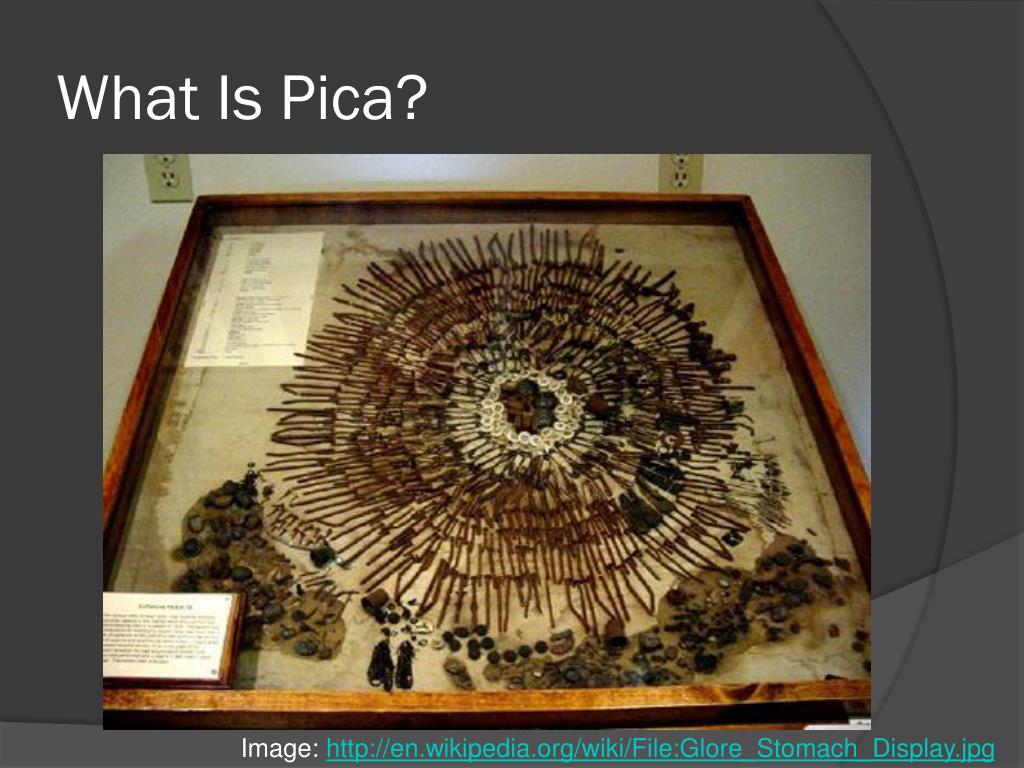

Cows don’t! Diagnosisĭiagnosis is based on observation of the clinical signs. These conditions can lead to death if the behaviour is prolonged or if sick cows are left untreated. There’s a high likelihood to cause damage to the GI tract as there would be an impact on rumination, gut motility and may cause pain, constipation, acidosis or blockage. Whilst these cows may initially appear healthy, this abnormal behaviour will have negative consequences on the animal. If a cow is eating stones, licking pebbles etc. You won’t see any startling clinical signs overnight but long term P deficiency can lead to many problems such as decreased milk yield, decreased live weight gain at herd level and of course Pica which leads to its own plethora of problems. Even still there can be an underlying P deficiency. Most of a cow’s phosphorus will come from the ration. Low phosphorus (P)Īs per soil sampling carried out by Teagasc over half of the soil samples tested around the country were low in phosphorus, particularly during peak grass growing months, compared to the requirements of dairy cows. This deficiency can lead to the cows seeking sodium from elsewhere which leads to pica. This can lead to a deficiency of sodium in the cow’s diet. The high potassium levels in fertiliser/slurry spread on a field can decrease the bioavailability of sodium in the grass. If butterfat levels are at acceptable levels for the time of year, it could mean that pica symptoms are more likely to be caused by a mineral deficiency rather than low fibre. Sufficient fibre is an essential component for rumen health and function and when the total fibre in the diet is low, cows are at risk of acidosis leading to very loose manure and a drop in milk production. Structural Fibreįresh spring/early summer grass may contain low levels of fibre compared to older stalky grass. The three most common causes of pica include phosphorous and sodium deficiency or a shortage of long structural fibre in the diet.Ī surge in pica may be caused by a very wet Winter with nutrients being leached from soils, this combined with a very dry spring may lead to a lower mineral supply in the grass. There have not been extensive studies done regarding Pica so exact cause of pica can be difficult to pin point. Other examples would be seeking out plastic from silage bales, licking clay, walls, gates or urine-anything they’re not supposed to eat. The most common complaint I’ve come across is cows licking stones in the ditches and passageways. Pica is a condition where cattle eat or lick items that are of no nutritional value. Article by Evelyn Coleman DVM Riverview Veterinary Group, Co.


 0 kommentar(er)
0 kommentar(er)
